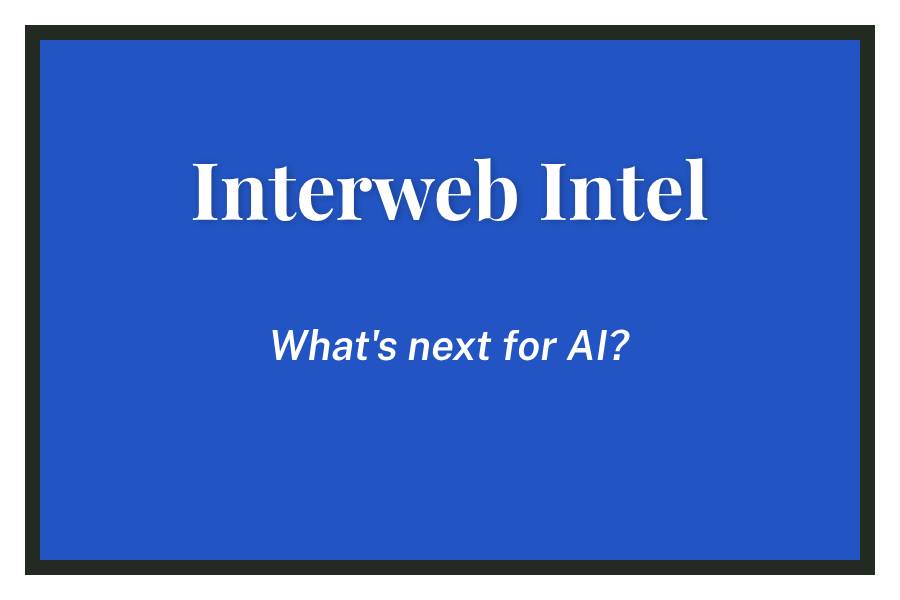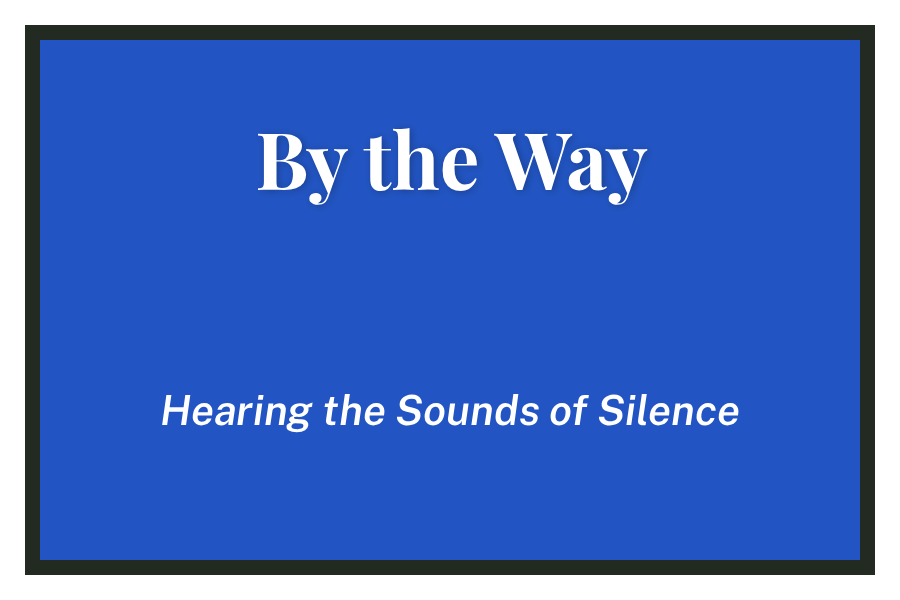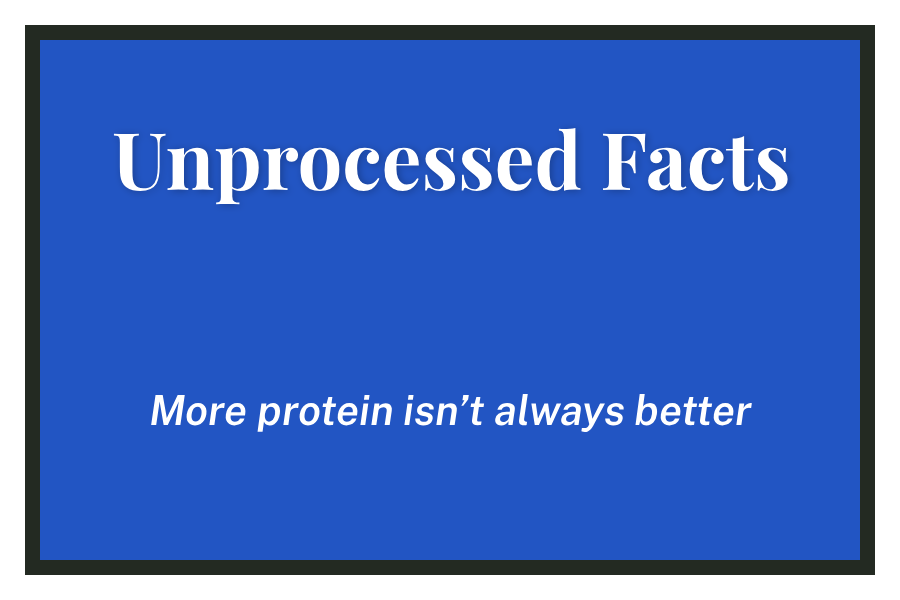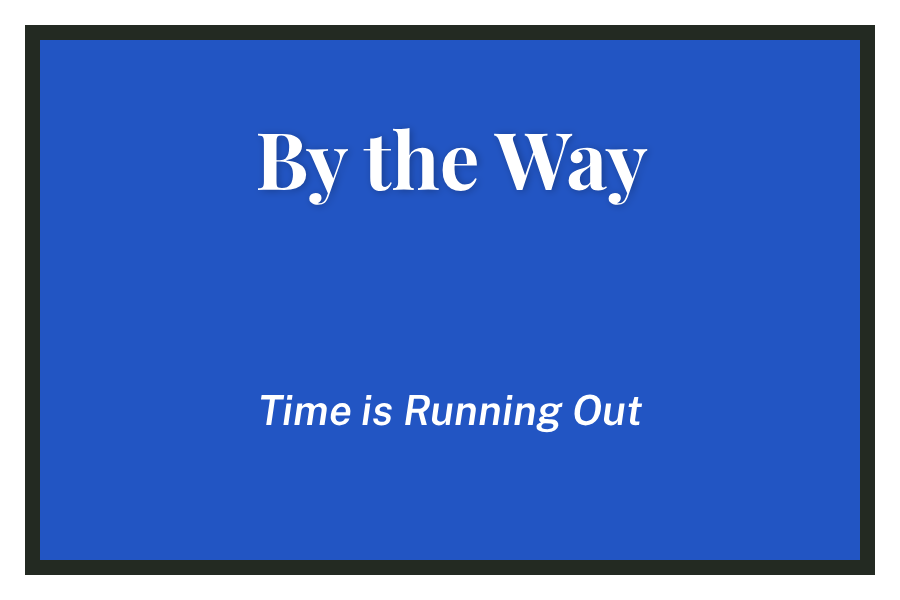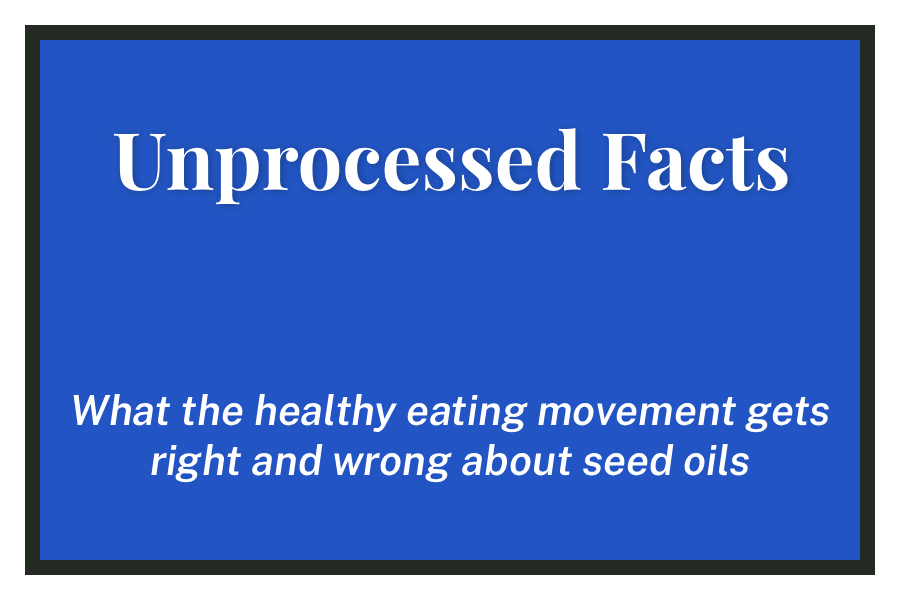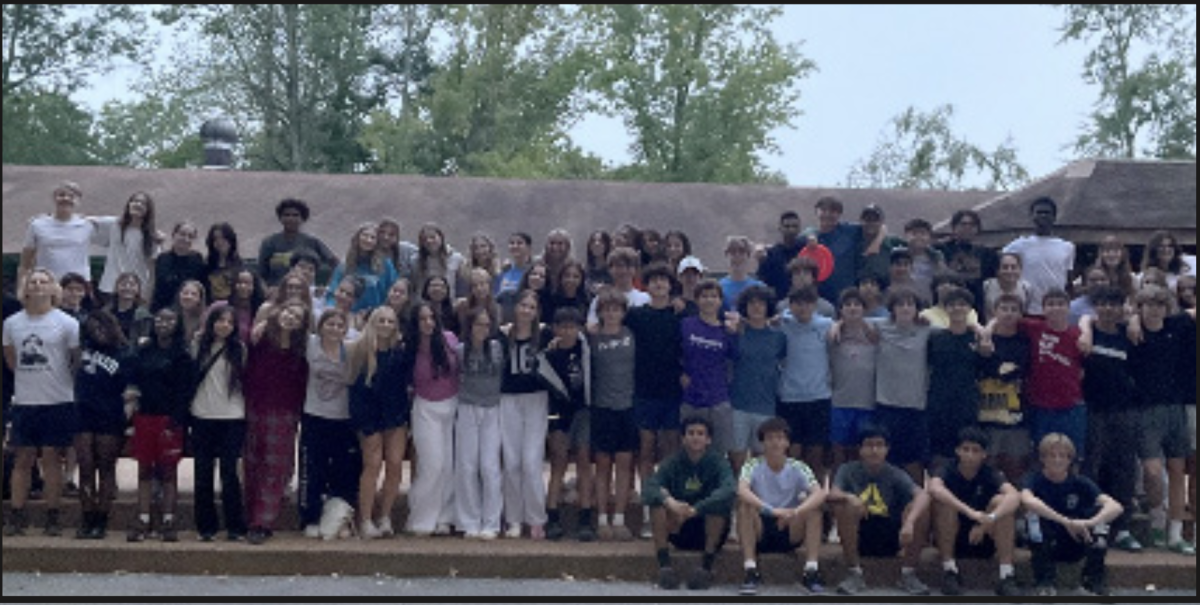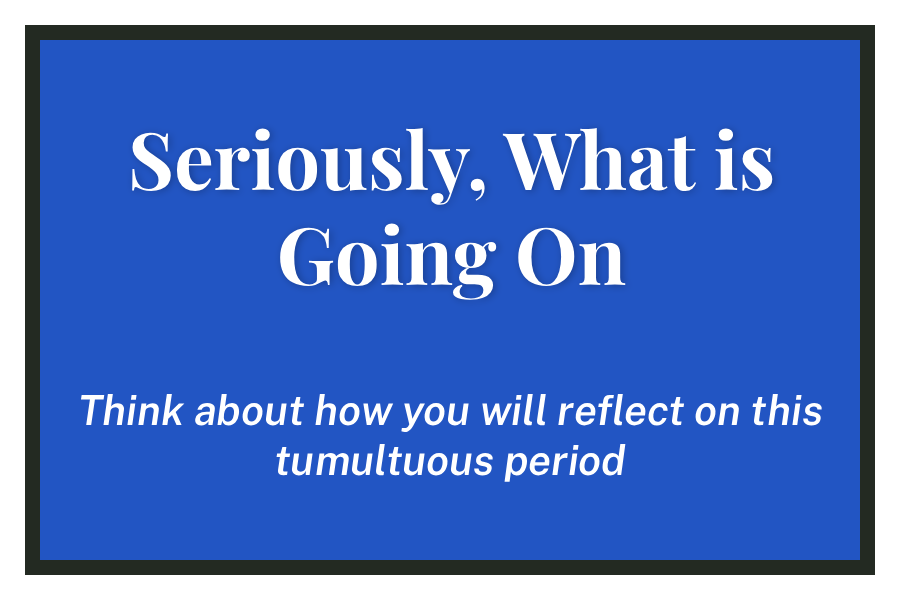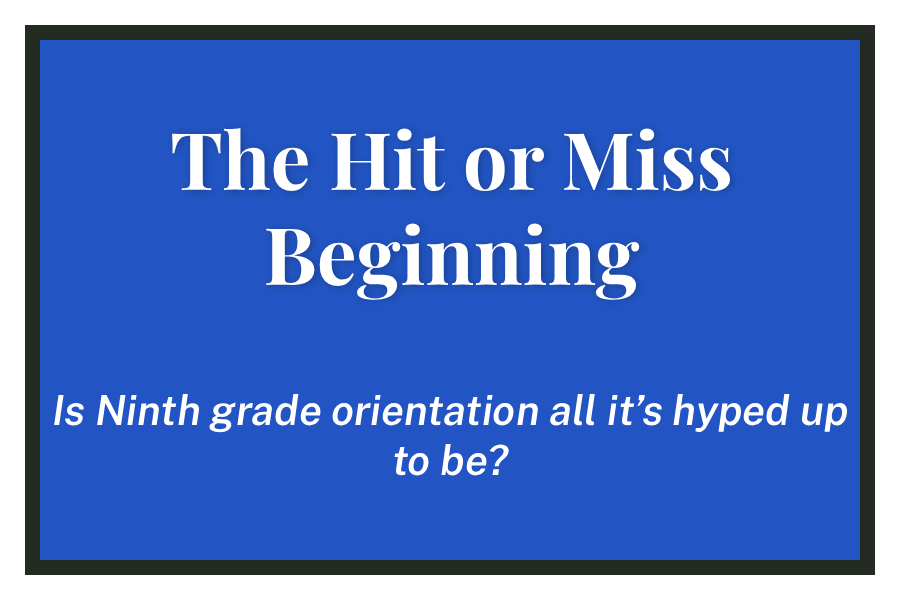I’ve said it once and I’ll say it again, AI is here to stay. It has been a year since the first version of Chat GPT was released. It was followed by many others, which led to it gaining access to the internet, the ability to generate images, videos–as well as understanding them–and so much more. I still remember the first time I typed in a prompt on November 30, the response wasn’t perfect but it was English, a human language. It was the first time the common perception of AI changed from deciding what ad to show you to being able to talk.
However with this discovery came many problems, especially in the context of school, such as distinguishing between human and generated work. One year and a highly debated Student Government resolution later, we still face the same issues.
The first issue that AI presents is the fact of proving the work you submit is your own. Before it was as easy as googling the sentence that was written to see if it was anywhere else on the internet. However, with AI, there is not any copy of the work on the internet available, making it incredibly difficult to prove. This problem which falls under the scope of “Academic Dishonesty” or in non-Parker wording, cheating, has been a main focus this year.
The school has made it very clear that they are aware of AI and will be enforcing the same punishment as other kinds of cheating. That seems reasonable, as you should not submit work that isn’t your own. Where they lose me is when they say the burden of proof is on the student to prove that it is not made with AI. The impossible task of saying without a doubt an AI has written something is left to the accused. Last time I checked, that’s not how this country worked. You know the whole innocent until proven guilty thing, out the window. We can’t mandate that a student do the impossible to save them getting a zero on an assignment or an “In School Day of reflection.” No, to accuse someone of using an AI there needs to be evidence, whether that is seeing the person use it or something else that might not exist yet.
In all fairness, the school has taken steps to try and gain proof. At the beginning of the year, teachers were directed to collect writing samples from each student to compare. However that isn’t exactly proof because the point of going to school is to experiment and improve your writing. I don’t think my teachers would be too thrilled if I submitted the same style of writing for every assignment, and it doesn’t make much sense to say, “Well, it doesn’t sound like what you did back in September.” It shouldn’t. False proof is worse than no proof because it just adds another thing the student has to disprove.
It prompts the question then, what is good proof? As I said, if a teacher sees you using AI, that’s very good proof. However, that fact has then led to the introduction of many In-Class Essays. Great, a solution to the problem! Well, no. All the In-Class essays did was result in the AI resolution, which I would probably call the In-Class essay resolution instead. The so-called AI Resolution, didn’t really talk, or address much of the problems we face with AI and focused more on the fact that people don’t like In-Class essays, or as it turns out after the discussion around it, anything that is an assessment of skill level. So without resorting to In-Class essays, how do we prove something is written by AI or not? One idea I’ve thought of is to design a special version of Google docs or a browser that bars copy and pasting other than quoted content. This system would only need to be used in major writing assignments that are graded, so it would be minimally annoying while also providing satisfactory proof that AI hasn’t been used,
My method of proof isn’t flawless, as I just thought it up while writing this, but it is better than nothing. We have to find a way to live with AI without fully changing the education system. We can’t get rid of all writing assessments, but we also can’t just do in-class essays. There has to be a way to write a normal essay without the possibility of cheating or at least with the same possibilities before the existence of AI.
But AI isn’t all bad. Also mentioned in the AI Resolution was the fact that teachers were using it too much for assignments like comparing its answer to your knowledge. While this is true to an extent, the use of AI in the classroom is endless. One thing that Parker struggles with is different levels of understanding within the classroom. Now it is possible, for example, to generate exercises and packets individually for each student and during classwork time instead of all doing the same thing, they could be developing where they need it most.
If used correctly within a school, AI could strongly benefit efficiency. First, we must get past the fear of using AI for wrong by developing a form of proof. Then, we can explore the possibilities of what the new form of progressive education can be in relation to AI, because right now it’s just getting started.


